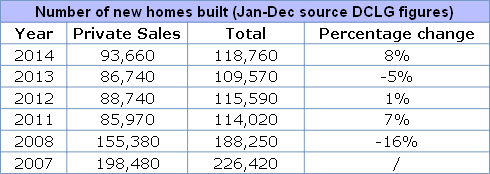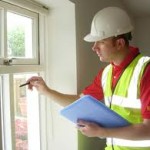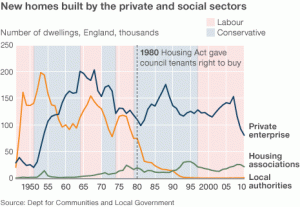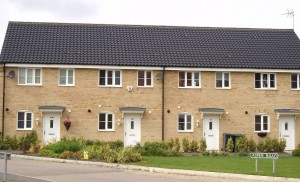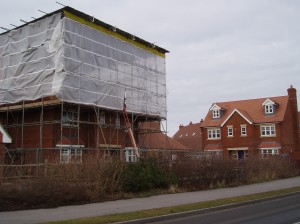![]() The Building Research Establishment (BRE) is introducing a national quality mark for new housing that it claims should give home buyers and renters a clear indication of the quality and performance of a new home.
The Building Research Establishment (BRE) is introducing a national quality mark for new housing that it claims should give home buyers and renters a clear indication of the quality and performance of a new home.
![]() The BRE says it is a “world leading building science centre that generates new knowledge through research. This is used to create products, tools and standards that drive positive change across the built environment.” The BRE claim its ownership structure enables the BRE to be “held as a national asset on behalf of the construction industry and its clients, independent of specific commercial interests.” Allegedly protecting the “impartiality and objectivity of the BRE Group in providing research and guidance.” The BRE Trust is a registered company limited by guarantee and also registered as a charity in England.
The BRE says it is a “world leading building science centre that generates new knowledge through research. This is used to create products, tools and standards that drive positive change across the built environment.” The BRE claim its ownership structure enables the BRE to be “held as a national asset on behalf of the construction industry and its clients, independent of specific commercial interests.” Allegedly protecting the “impartiality and objectivity of the BRE Group in providing research and guidance.” The BRE Trust is a registered company limited by guarantee and also registered as a charity in England.
A number of stakeholders are currently working with BRE on the development of their Home Quality Mark from its beta testing stage. Of the housebuilders, only Galliford – with its perennial ‘four-star’ HBF-rated Linden subsidiary, ‘minnow’ Cala, and Kier are currently involved at present.
CALA Homes, plan to trial the Mark. Cala Chief Executive Alan Brown said: “Independent benchmarking of new homes is hugely important. For CALA, it provides third party recognition of our commitment to consistently build high quality, sustainable homes. For homeowners, it offers a simple and reliable measure of the energy performance of the property they are buying. We look forward to working with BRE on the new Home Quality Mark.”
The BRE say “the new national quality mark will transform the way consumers choose the homes they buy and rent and will provide house builders with a valuable independent quality mark they can use to highlight the innovative features of their homes and differentiate themselves in the marketplace at a time of rapid growth.”







